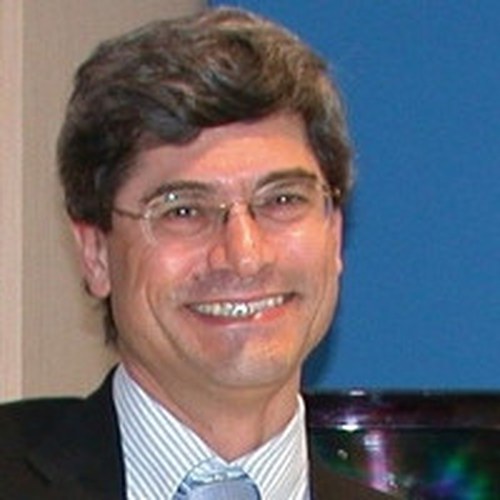Contatto di riferimento: Prof. Alessandro Vanelli-Coralli
About the speaker
Sandro Dionisi graduated cum laude in Electronic Engineering at the University of Rome “La Sapienza”. He has over 30 years of experience in various telecommunication fields for both fixed and mobile. Since 1983 he has worked in Telecom Italia (previously SIP), where he has been involved in several fields of Network covering different level of responsibilities.
In 1999 he was nominated head of Fixed Access and Transport Network and in 2002 he got the responsibility of a Regional Network Territory in Italy. In the period February 2008 – December 2014 he was the Director of Engineering &Telecom Italia Lab and he was in charge of research, innovation and development for both fixed and mobile networks in Telecom Italia group.
He is currently in charge of coordinating the International Network infrastructures and operations of Telecom Italia in Latin America for both fixed and mobile services. He has been an active member in several international fora and standardization bodies in ITU and ETSI where, in the period 1990-1996, he has chaired the group responsible for radio-relays standards. He has been member of NGMN (Next Generation Mobile Networks) Board since 2009, and in the period 2010-2012 he has chaired NGMN Board.
Abstract
The coming in the telecommunication arena of new players, called OTTs (Over The Top), is causing a deep change in the Telco ecosystem. The OTTs services have become an important part of our everyday way to communicate and they often take the place of the traditional Telco services; in addition they put new and different requirements on the Telco networks. In this new ecosystem, the Telco has to reinvent itself both in terms of Business Model and in terms of architecture and solutions for the network evolution.
The presentation will introduce the changes that Telcos are operating in order to find a new role in the present value chain, with particular focus on video application. It will then present the evolution of the access networks towards the Ultrabroadband capabilities and the network transformation process towards a Programmable Network model based on the three pillars of “unique All-IP Network”, “Software defined Networking” and “Network Function Virtualization”.
